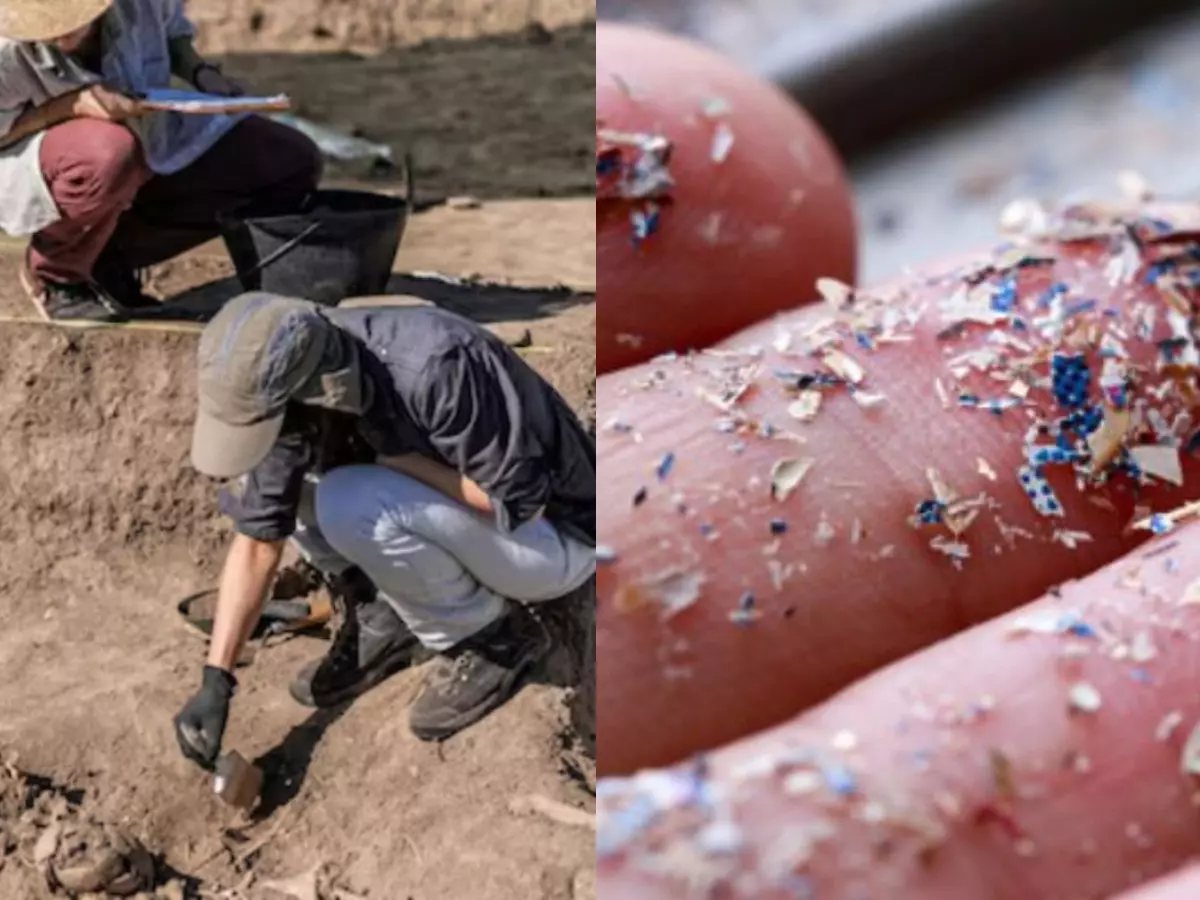Microplastics Discovered In Soil Dating Back To More Than 1900 Years Ago, In 23 Feet Deep Layers
As awareness about microplastics and their negative health impact grows, people are opting for alternative products. Now, researchers have identified 16 types of microplastic polymers in soil samples dating back to the first or second century CE, even from layers more than 23 feet (7.01 meters) deep.

As awareness about microplastics and their negative health impact grows, people are opting for alternative products. Now, researchers have identified 16 types of microplastic polymers in soil samples dating back to the first or second century CE, even from layers more than 23 feet (7.01 meters) deep.
What did the researchers discover?
The research was conducted by researchers from EnglandĄ¯s University of York and published in a journal named Science of the Total Environment.
 News18
News18
John Schofield, a professor and director of studies at the University of YorkĄ¯s Department of Archaeology, said, "This feels like an important moment, confirming what we should have expected; that what previously was thought to be pristine archaeological deposits, ripe for investigation, are contaminated with plastics. This includes deposits sampled and stored in the late 1980s."
What are microplastics?
Microplastics are minuscule plastic specks found in everyday things like cigarettes, clothes, and beauty products.
 Unsplash
Unsplash
They are smaller than a grain of rice, with a length of less than 5 mm.
According to researchers, beauty products commonly contained microplastics until 2020.
How are microplastics harmful?
Microplastics can lead to health issues in humans, including oxidative stress, DNA damage, organ problems, metabolic disorders, immune reactions, neurotoxicity, and reproductive or developmental harm.
Studies also suggest a link between microplastic exposure and various chronic diseases.
 cosmeticsbusiness
cosmeticsbusiness
Microplastics pose other significant risks as well, such as:
- They persist in water, soil, and air, accumulating in ecosystems and harming marine life.
- Ingestion by marine organisms can lead to contamination of seafood, exposing humans to harmful chemicals.
- Additionally, microplastics disrupt ecosystems, affecting the behavior and reproduction of organisms and transporting pollutants and invasive species.
- They also bioaccumulate, increasing in concentration as they move up the food chain, posing risks to higher-level predators, including humans.
Overall, microplastics have far-reaching consequences, threatening both environmental stability and human health.
For more on news and current affairs from around the world, please visit Indiatimes News.
